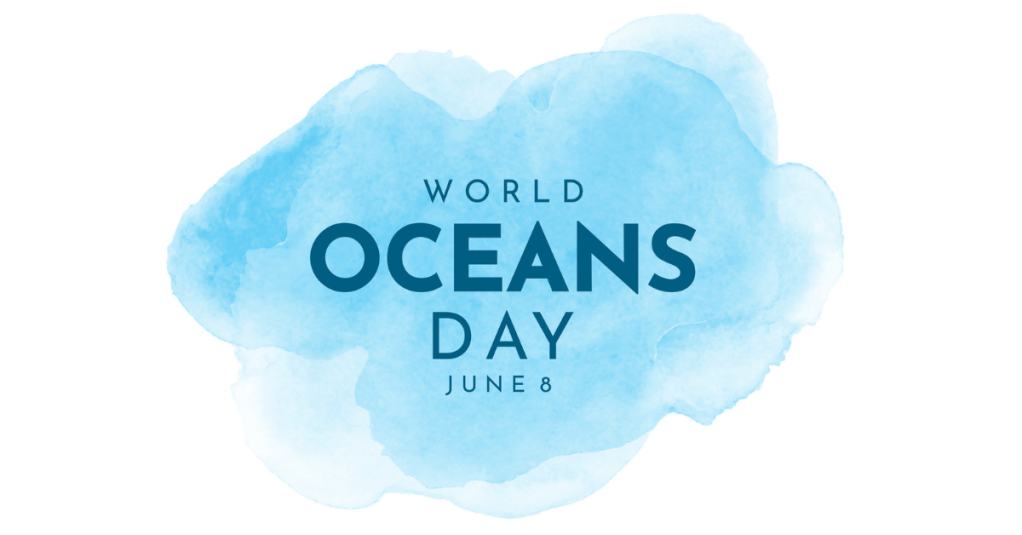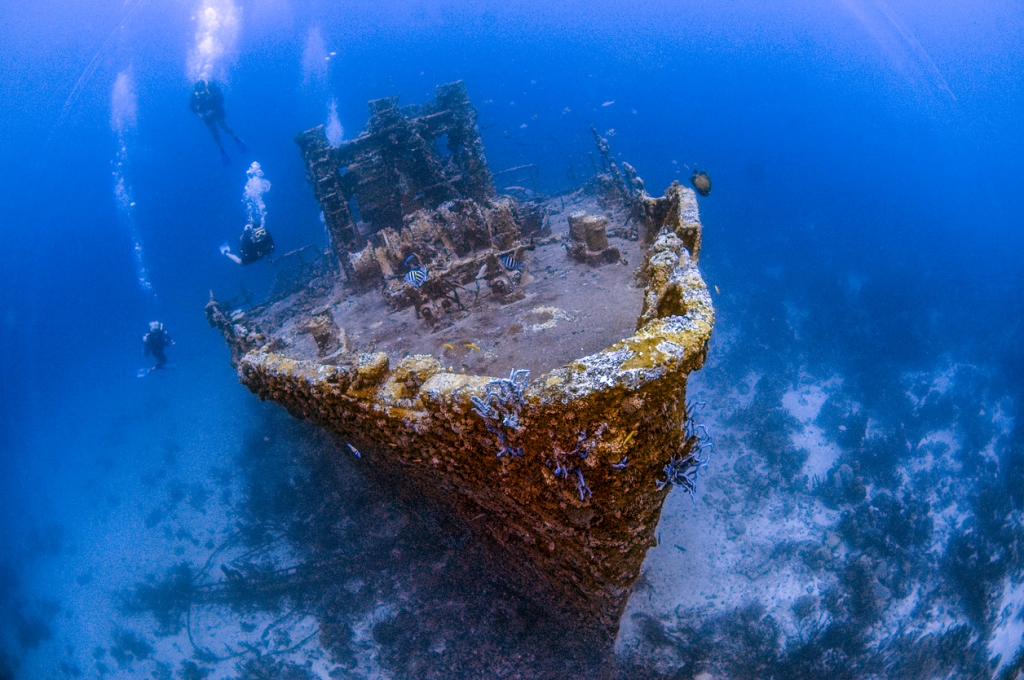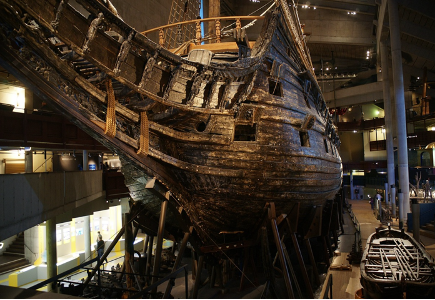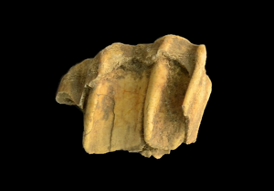
About 2,000 dolphins and whales beach themselves each year, mostly resulting in death. But there is a lot you can do to help save them if you are a mariner.
Locations and causes of beaching
Whale beachings happen year-round, almost anywhere, and sometimes they can be very dramatic. Just a few weeks ago, on Cheynes Beach in southern Western Australia, 100 pilot whales formed into a heart-shaped pod and pushed themselves onto the beach. Some of the 25-foot-long whales were saved, but most had to be euthanized.
This strange phenomenon is also called cetacean stranding. Scientists have records of it dating back to 300 B.C. Sometimes individual animal beaching and death can be explained due to sickness, injury, weather, pregnancy, old age or hunting too close to shore.
However, when a pod beaches, scientists point to other reasons:
- Social groups. Dolphins and whales tend to live in large communities with intricate social systems we don’t fully understand. If one is in distress, the others sometimes follow.
- Technology. The oceans are filled with sonar and other man-made noises that can disrupt the natural navigation of whales, confuse them and make them head for the beach instead of the deeper water.
- Species characteristics. Cuvier’s beaked whales are most susceptible to sonar confusion. Orcas are smart enough to purposely beach themselves in hopes of snagging a shoreline seal and then using the incoming tide to ease back into the water. But it doesn’t always work out.
Step 1: Find the whales before they’ve beached
To help save whales before they beach, the first step is to locate them and observe them. We’ve created a list (see next paragraph) of the most common whale sighting areas in the U.S. and the corresponding ocean charts. If boating in the areas, keep an eye out for whales.
13 Best Whale Sighting Areas in the Coastal U.S.
Locations are linked to their respective charts.
- Glacier Bay, Alaska
- Juneau, Alaska
- Kodiak Island, Alaska
- Depoe Bay, Oregon
- Big Sur, California
- Monterey Bay, California
- San Diego, California
- Maui, Hawaii
- Jacksonville, Florida
- Virginia Beach, Virginia
- Cape Cod, Massachusetts
- Long Island, New York
- Bar Harbor, Maine
Once you’ve spotted whales, look to see if they are close to shore and blowing. For some species, this is normal. Pregnant whales also prefer to give birth in shallow areas. But what begins as normal behavior may shift to abnormal beaching behavior. Darting toward shore or actually pulling up partially onto the beach is not normal and can be a distress signal. Often this is caused by deterioration of the brain during aging, bad weather or confusing sonar from ships.
Since whales live in social groups, if one beaches, many may follow out of duty. Mass beaching could be next.
Step 2: Immediately report suspicious activity
Speed saves beached whale and dolphin lives. If you are cruising along a coast and see a beaching, you can contact the Whale and Dolphin Conservation organization. Contacts vary by location:
- Northeast Region, United States. You can call the Marine Mammal and Sea Turtle Stranding and Entanglement Hotline at (866) 755-6622.
- West Coast Region, United States. The Marine Mammal and Sea Turtle Stranding and Entanglement Hotline can be reached at (866) 767-6114.
- British Columbia, Canada. To report stranded marine mammals, call the Fisheries and Oceans Canada hotline at (800) 465-4336.
- Nova Scotia, Canada. To report a stranded, injured or dead marine mammal, contact the Marine Animal Response Society Hotline at (866) 567-6277.
These organizations send trained volunteers to help transport the animals back into the water or, if one or more are deceased, to perform post-mortem examinations to determine the cause of the beaching.
For additional information on stranding or entanglement locations in the United States, check out this NOAA page. In Canada, check out the Marine Mammal Center page.



 Posted by Ron Walz
Posted by Ron Walz 





















